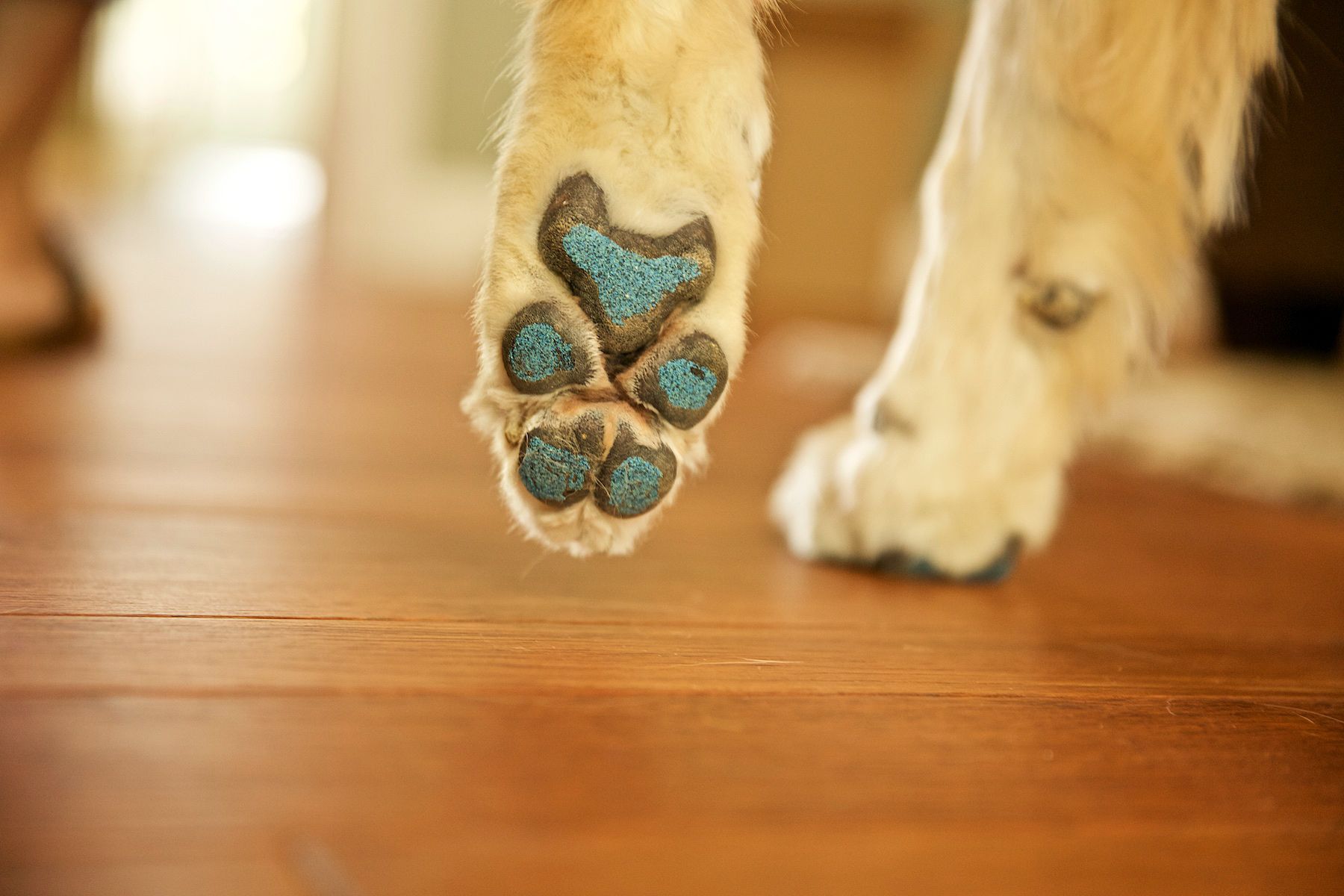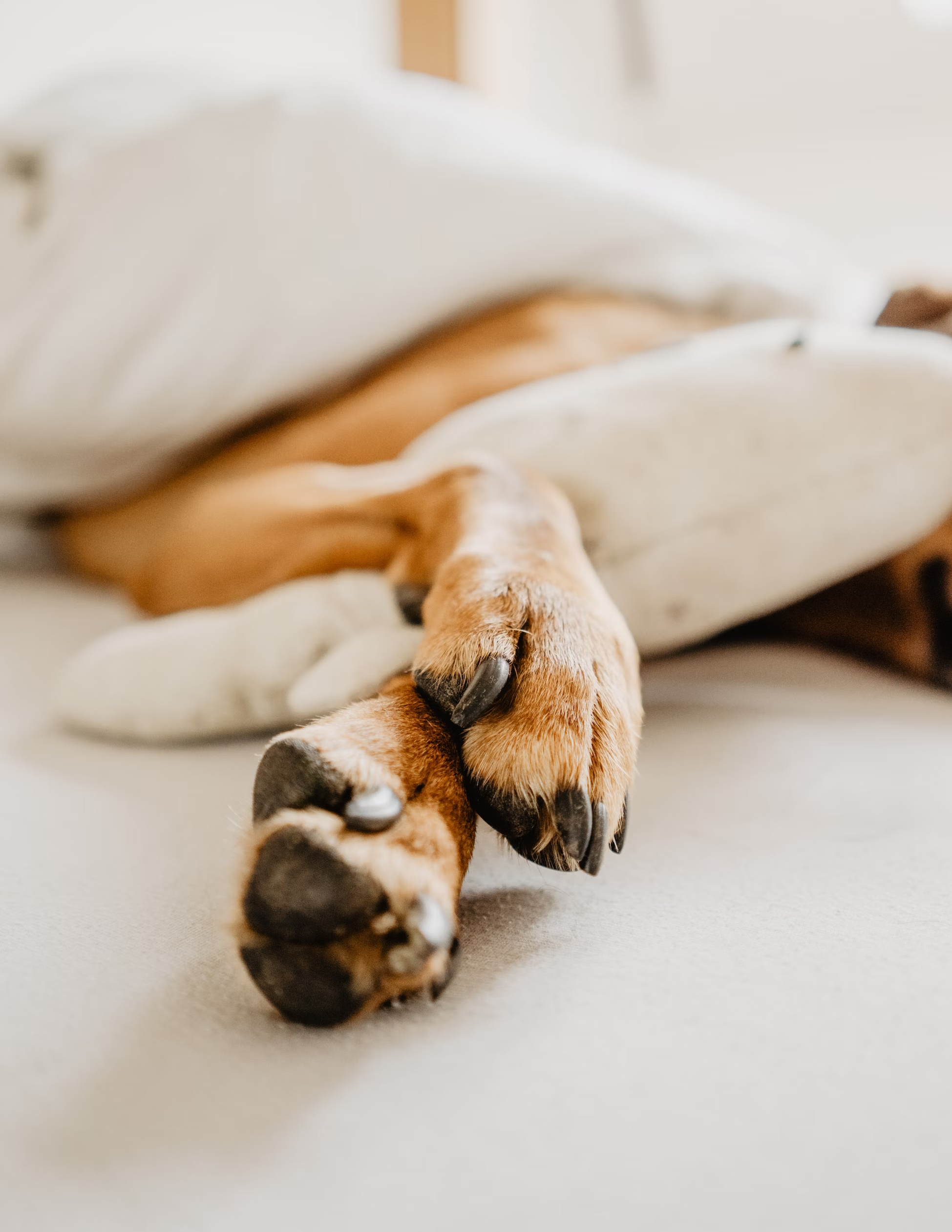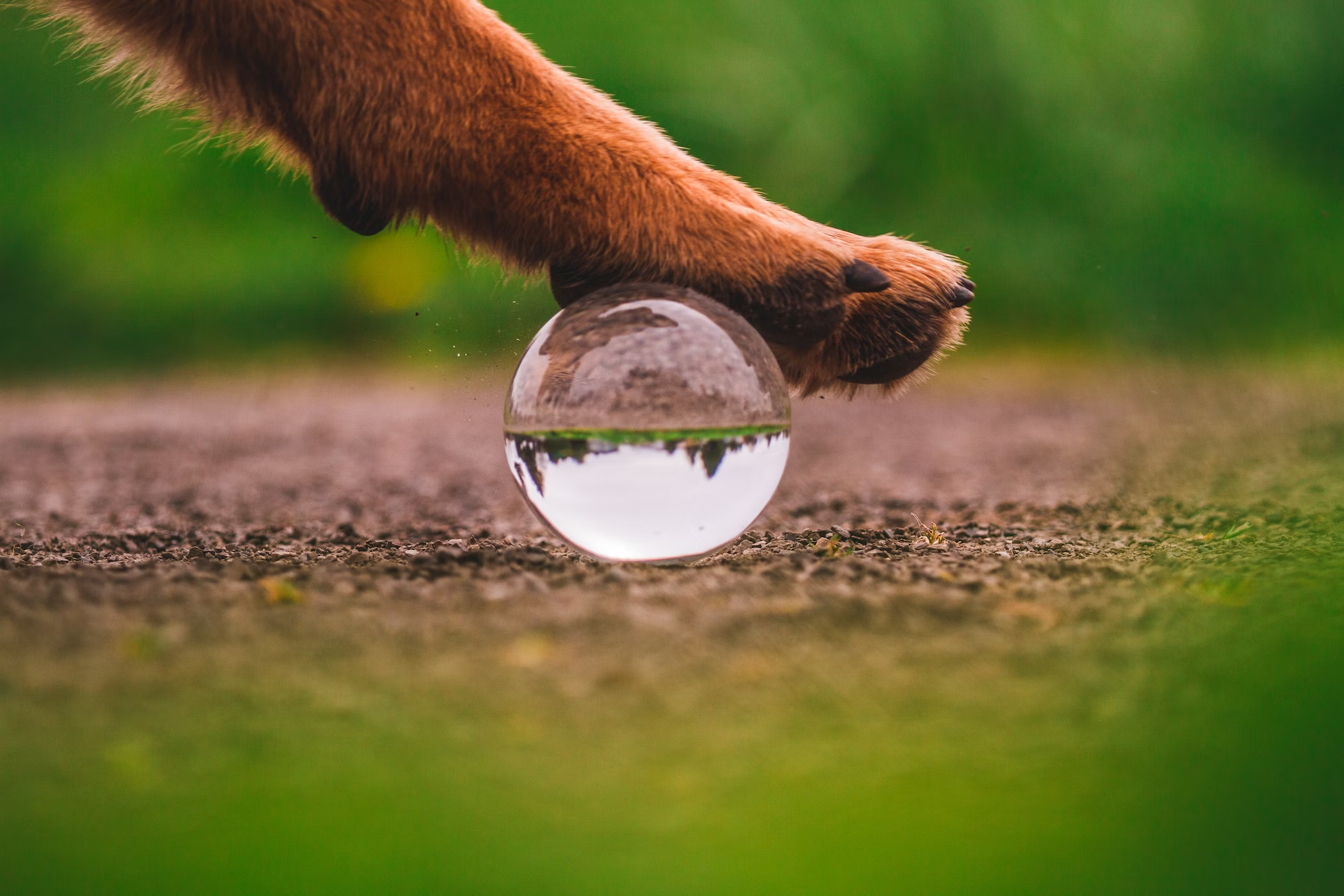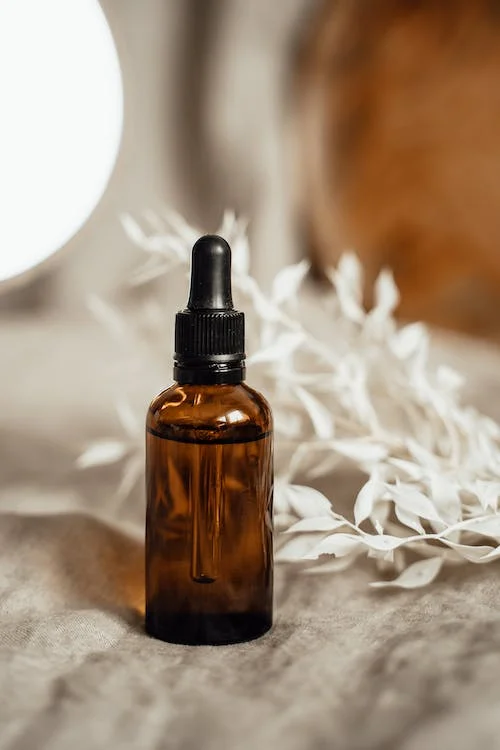Your pooch was out playing and now is limping on a bloody paw. Cut paw pads are painful and prone to infection if not treated properly. Knowing immediate first aid steps and when to seek veterinary care helps heal these common canine injuries quickly.
Signs Your Dog Has a Cut Paw Pad
Look for these indications of a laceration to your dog’s paw pad:
- Lameness and holding the paw up
- Excessive licking and chewing at the paw
- Visible blood on the pad
- Flap of torn pad skin
- Swelling of the paw
- Refusal to bear weight on the leg
- Discomfort whining when paw is touched
Pads can split open on sharp rocks, broken glass, hot asphalt, ice melt crystals, and other hazards. Injuries can range from superficial scrapes to deep cuts exposing tissues beneath.

Emergency First Aid for Cut Paw Pads
If you suspect a cut paw pad, do the following immediately:
Control Bleeding
Use a clean towel or gauze as direct pressure over the wound for 5-10 minutes until clotting occurs. Elevate the paw above heart level if possible.
Clean the Paw
Flush with saline solution or plain water to remove debris. Avoid using hydrogen peroxide which damages healthy tissues. Pat dry with a clean towel.
Bandage
Cover with a sterile non-stick bandage or self-cling wrap to protect the injury site. Wrap just tight enough to stay on without restricting circulation.
Restrict Activity
Carry your dog outside for bathroom needs to prevent further damage and keep the bandage clean. Limit stairs and jumping.
Monitor for Infection
Check the paw daily for increased swelling, redness, discharge or odor which may indicate infection setting in. This requires prompt veterinary treatment.
Give Pain Medication
Administering over-the-counter pet pain relievers like acetaminophen or NSAIDs helps ease discomfort until your vet visit.
Schedule a Vet Appointment
Most deep pad lacerations need veterinary assessment within 24 hours, sooner if bleeding persists or signs of infection appear.

Getting Veterinary Treatment for Paw Pad Cuts
Depending on severity, the vet may:
- Flush and debride the wound if debris remains
- Apply antibiotic ointment
- Administer injectable antibiotics and pain medication
- Suture the torn pad if edges can be opposed
- Bandage and splint the leg to restrict motion
- Send home antibiotics and pain relievers
- Schedule a recheck in 5-7 days to monitor healing
Follow all post-op care instructions precisely including medication doses, bandage changes, and activity restrictions. Call your vet if you have any concerns about worsening.
Recovery and Aftercare for Cut Paw Pads
Support healing with these tips:
- Give all prescribed medications as directed
- Keep the bandage clean, dry and intact
- Limit activity like no walks or stairs for at least 5-7 days
- Use a sling to prevent licking the paw
- Provide padded bedding to keep off the foot
- Reapply antibiotic ointment per veterinary instructions
- Avoid licking/chewing which can damage healing and cause infection
- Return promptly if you notice increased swelling, discharge or bleeding
With diligent at-home nursing care, most pad lacerations heal fully within 2-3 weeks. Your vet will advise when normal activity can be gradually resumed based on their examination findings.

How to Prevent Cut Paw Pads
You can reduce the risk of painful pad injuries by:
- Having your dog wear dog boots on rugged terrain
- Avoiding areas with broken glass and debris
- Not letting your dog run on hot asphalt or concrete
- Getting hazard-prone pads professionally trimmed and filed
- Applying protective paw wax or balms before outings
- Investing in pet-safe ice melt products
- Checking pads regularly for cuts or cracks
Stop at the first sign of limping or licking and inspect between the toes and pads to find injuries promptly. Treat immediately to prevent complications.
Conclusion
Lacerations and trauma to paw pads are painful and prone to secondary infection. Know the first aid steps and don’t hesitate to seek prompt veterinary care for deep cuts. With proper assessment, treatment, and aftercare, most pad injuries heal fully within a few weeks. Preventive measures also reduce risk so you and your dog can continue enjoying your adventures together.


